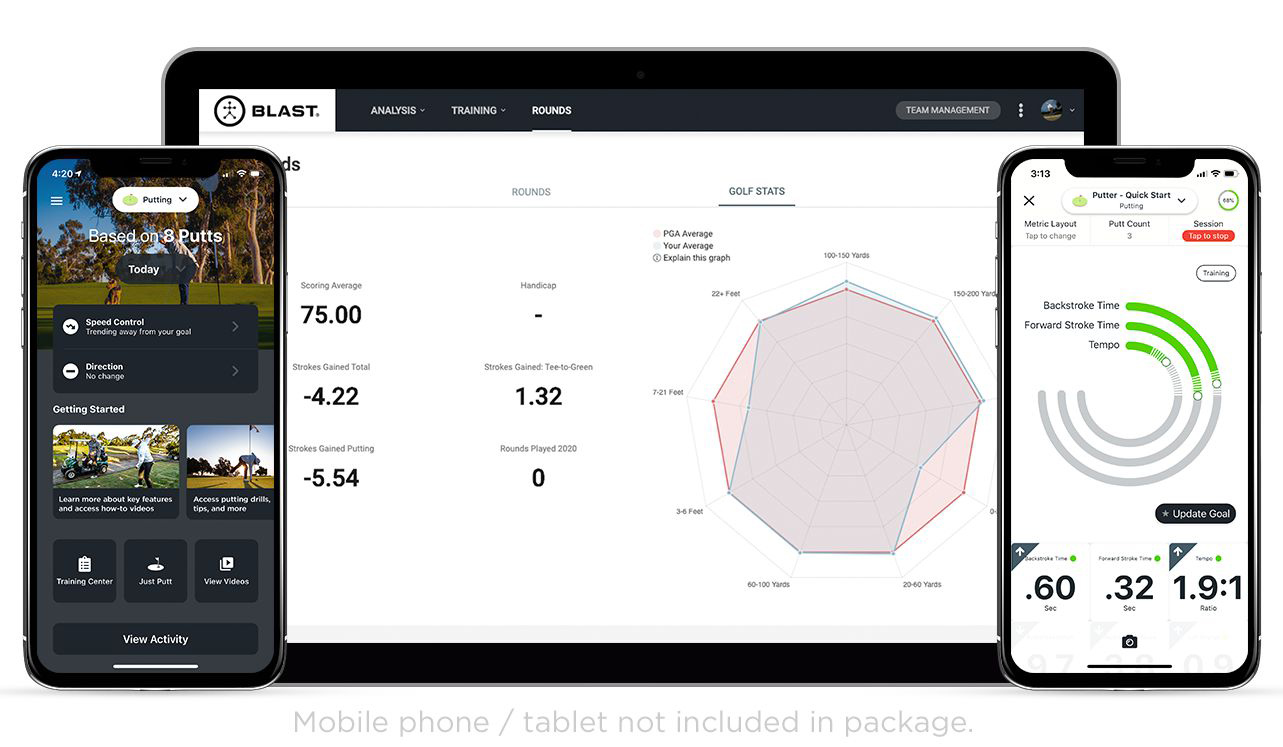BUSINESS CHALLENGES
Blast Motion’s paper-based ECO procedures did not provide the real-time visibility into the efforts of a globally dispersed engineering team, nor assuage the critically important needs of the operations team. This lack of transparency resulted in continued miscommunications, conflicting revisions, product errors, and launch delays. “We really didn’t have a system that combined everything collaboratively so that we could all see what was going on and have visibility to the product itself and its multiple rapid changes,” said Kepp. “Being a startup company, we have a lot of changes that weren’t being tracked at all.”
Like many modern OEMs, Blast Motion needed a product lifecycle management (PLM) solution that would allow the company’s globally distributed workforce to collaborate efficiently to ensure that product quality standards, shipping deadlines, and cost targets were met. “We had to collaborate with so many different vendors and doing it over email or phone calls caused problems for us,” said Kepp.
Unfortunately, the company continued to rely on archaic tools, such as Excel spreadsheets, that prevented their dispersed manufacturing and engineering teams from sharing accurate information. This led to frustrating versioning control problems, product errors, and costly launch delays, which ultimately became untenable.
“Because we’re working with partners overseas in different time zones, I have people who are fifteen, sixteen, eighteen hours either in front or behind us,” said Kepp. “These teams needed the ability to go in and look at the BOM and see if changes had recently been made, or—if there was a last-minute tooling change in manufacturing—they needed to let us know.”
















